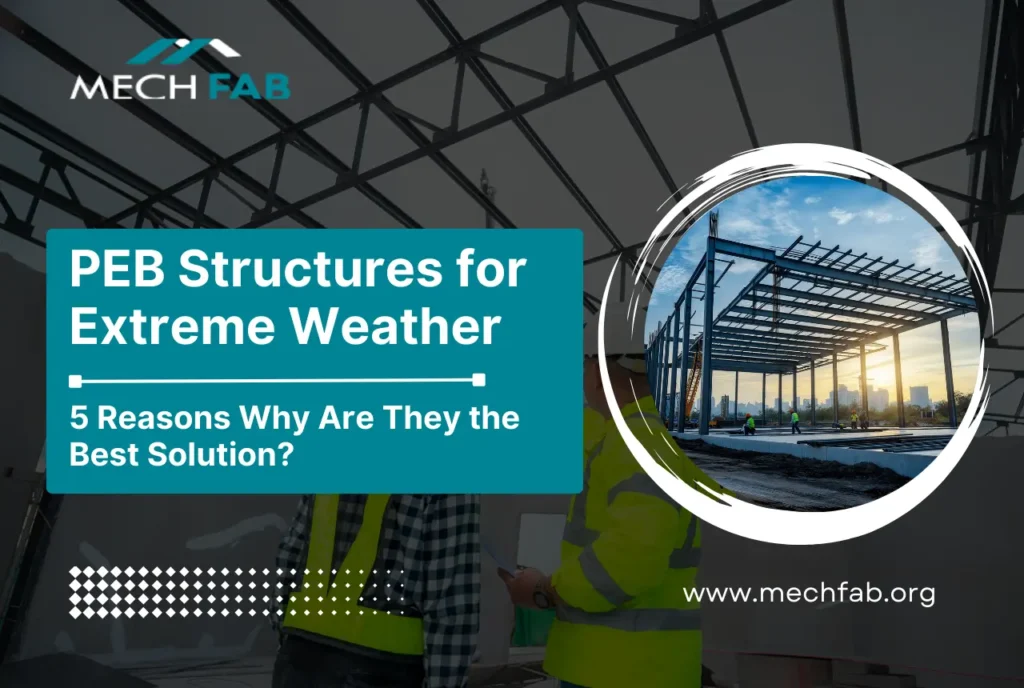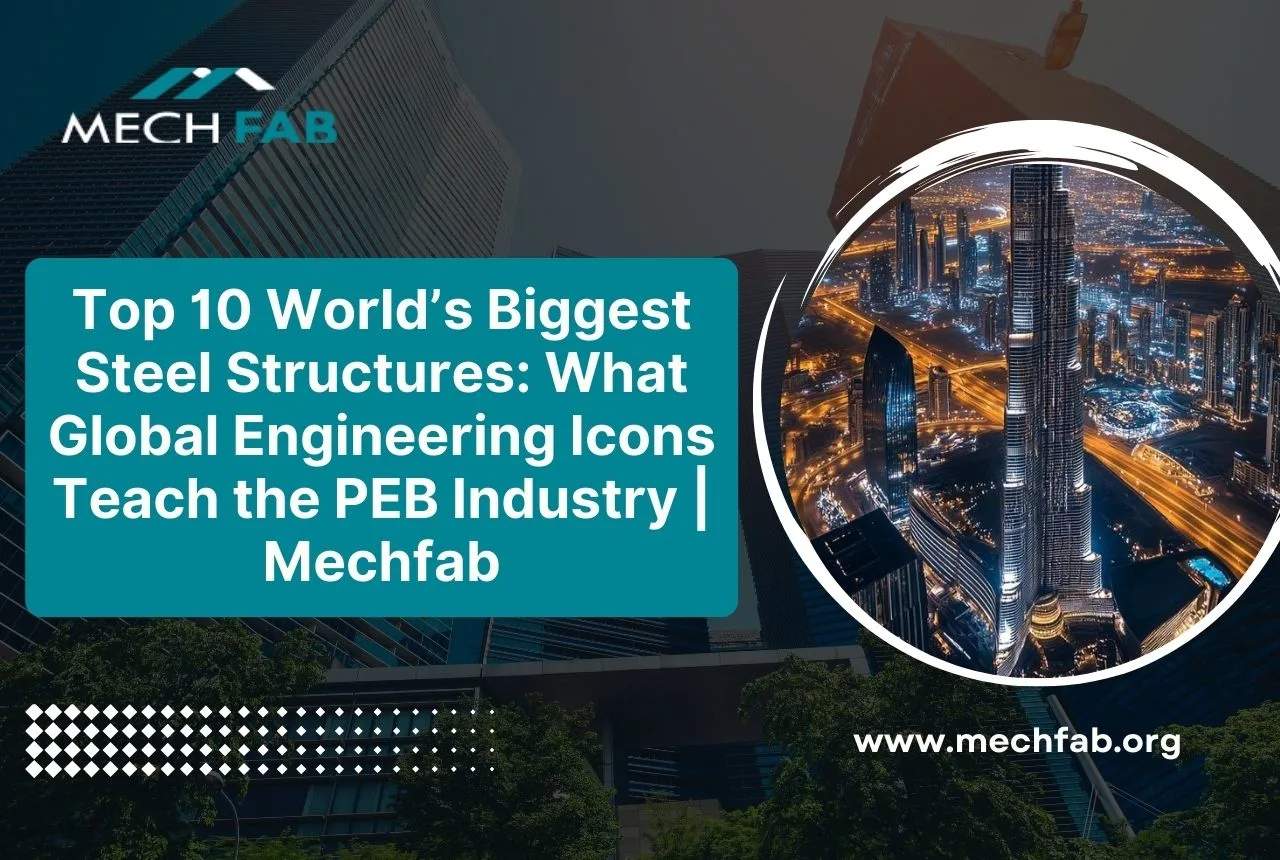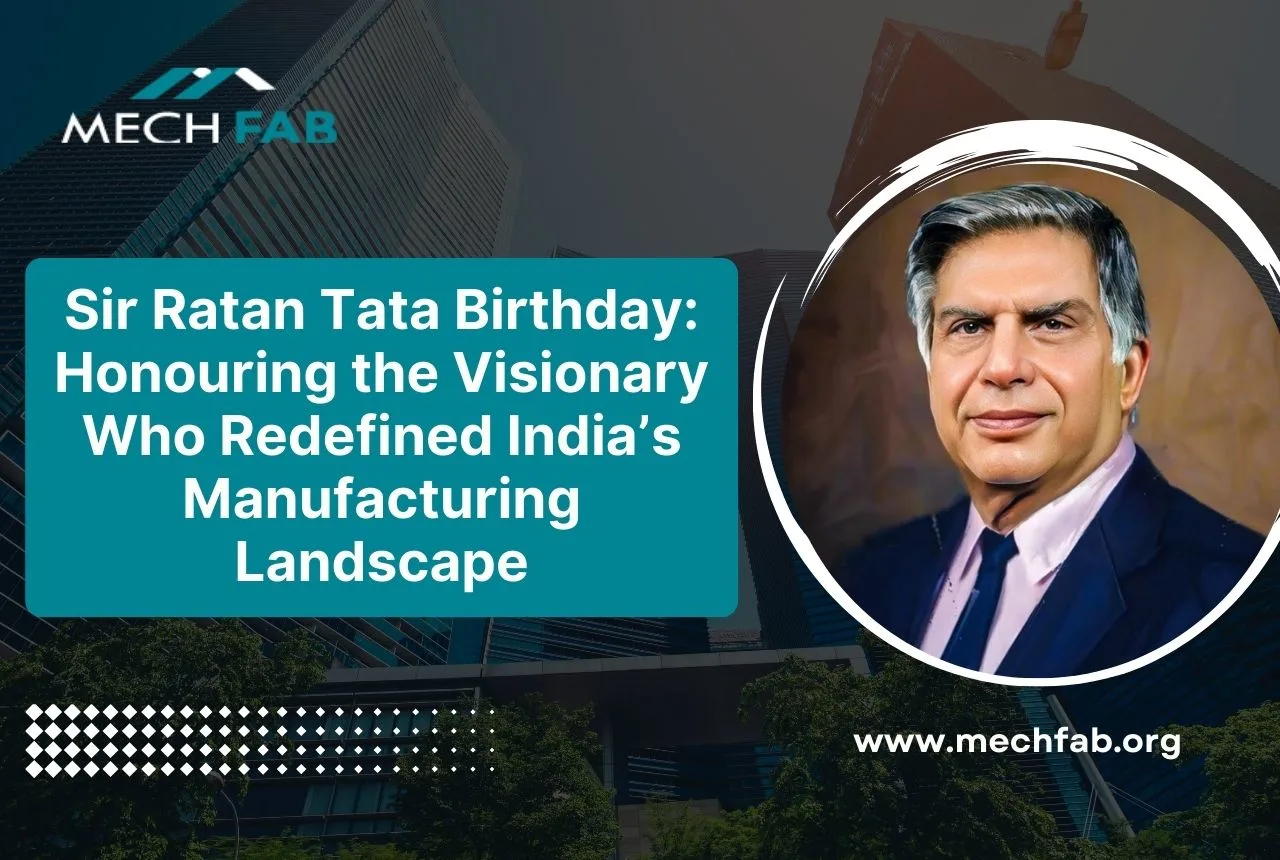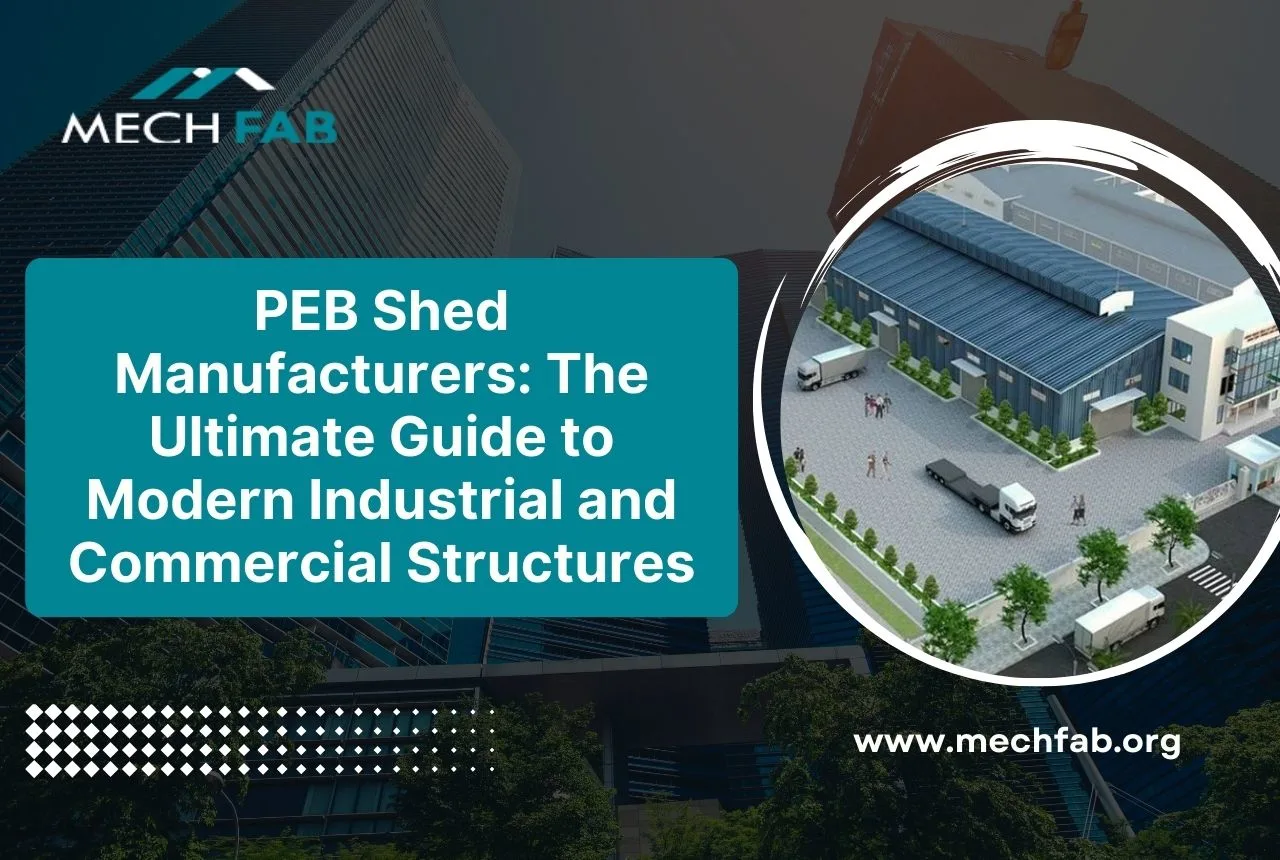Constructed in different ways peb structures for extreme weather are a continous upgraded module as extreme weather events have become much more frequent and intense in recent years, posing a considerable threat to infrastructure and human safety. Natural calamities such as hurricanes, tornadoes, earthquakes, and floods can all cause widespread devastation. As a result, there is an increasing demand for building constructions that can endure such extreme environments.
Pre-Engineered Building (PEB) constructions are a promising approach. PEBs are steel buildings that are prefabricated at a factory and erected on site. They have several advantages over traditional construction methods, particularly in terms of durability to adverse weather.
PEB Structures for Extreme Weather: Built to Endure
PEB structures are steel buildings that are prefabricated in a controlled manufacturing setting and then constructed on-site. In comparison to traditional building processes, this standardised design procedure provides for more efficient production and shorter construction time frames.
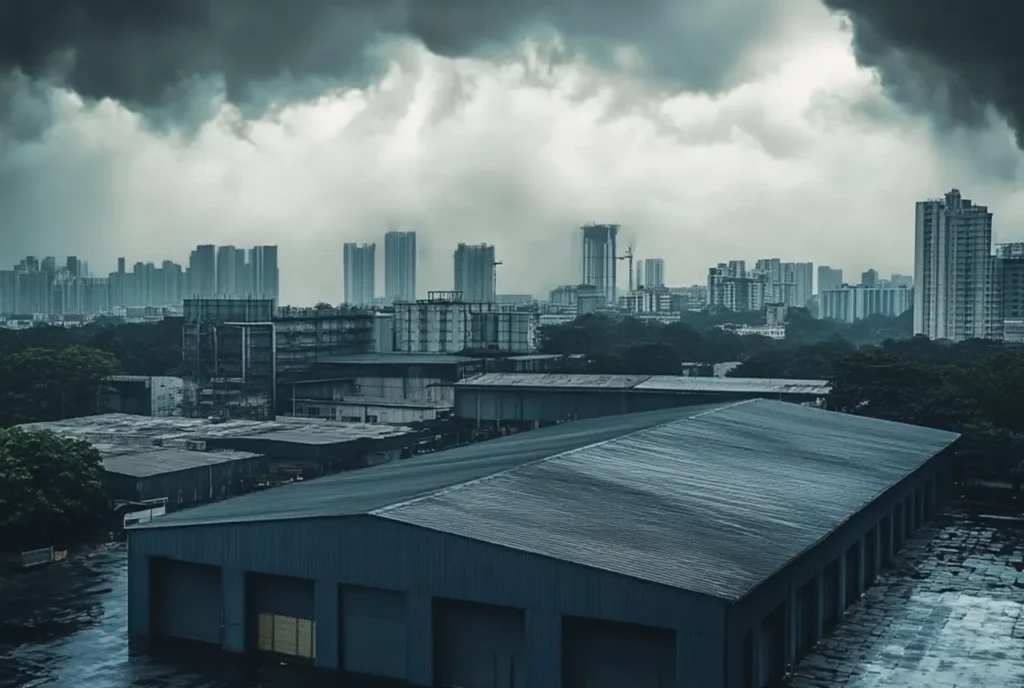
One of the primary benefits of PEB construction is the use of high-strength galvanised steel. This material is highly corrosion resistant, making it perfect for use in adverse weather situations. Galvanisation also protects the structure from severe temperatures, ensuring that it remains structurally sound even during heat waves or cold snaps. In addition, sophisticated coatings can be added to steel to improve its longevity and resistance to environmental influences.
PEB constructions are meticulously engineered to endure the rigours of adverse weather. Load calculations are performed to determine the wind, snow, and seismic loads that the structure must be able to withstand. Computer-aided design (CAD) software is used to generate comprehensive models and sophisticated computations, ensuring that the design is both efficient and safe.
1. Unmatched Strength and Durability
PEB structures are well-known for their outstanding strength and longevity, which stems principally from the use of steel frames. Steel is a very adaptable and strong material that can handle large loads, making it excellent for construction in areas prone to extreme weather.
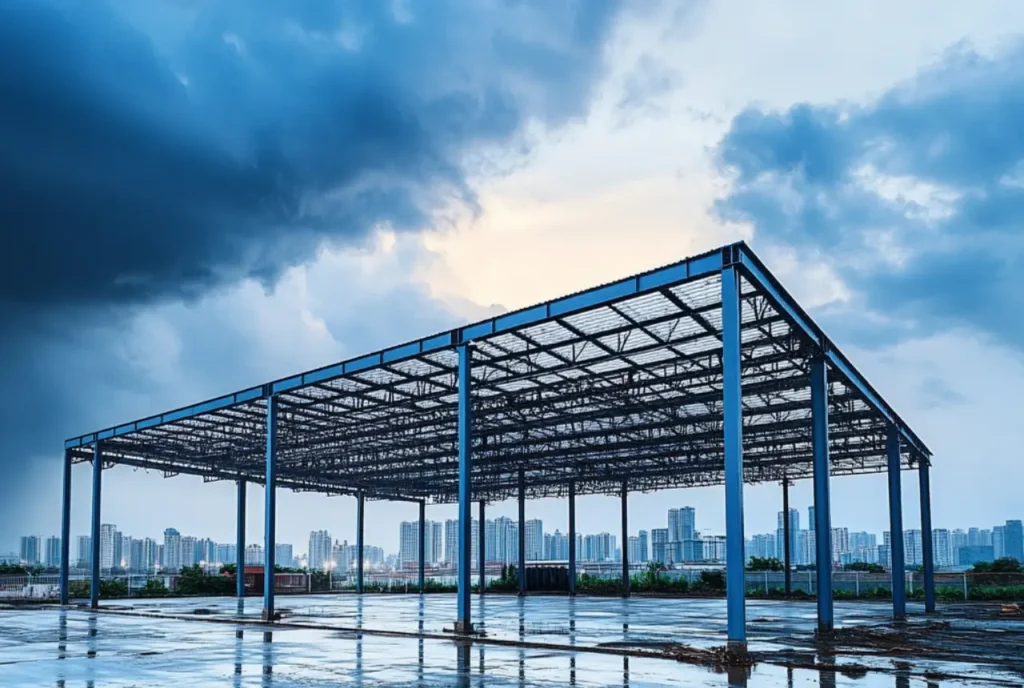
PEB constructions are designed to withstand high winds, significant snow loads, and moderate earthquakes. The steel frames, when paired with correct bracing mechanisms, form a strong and resilient structure capable of withstanding natural pressures. Diagonal roof struts, for example, contribute significantly to the wind resistance of PEB buildings.
When compared to traditional construction methods, PEB constructions are frequently more durable. The controlled factory environment in which PEB components are created assures consistent quality while lowering the chance of defects. Furthermore, standardised design and construction techniques reduce human error, resulting in a more durable and long-lasting building.
2. Engineered for Specific Weather Conditions
PEB structures have a great degree of flexibility, allowing them to be tailored to the individual needs of various weather conditions. Engineers can carefully construct the building to resist the distinct obstacles presented by different climate zones. For example, in areas prone to severe snowfall, the roof pitch can be altered to aid with snow removal. Similarly, places with significant wind loads may necessitate larger walls or additional bracing systems to maintain structural integrity.
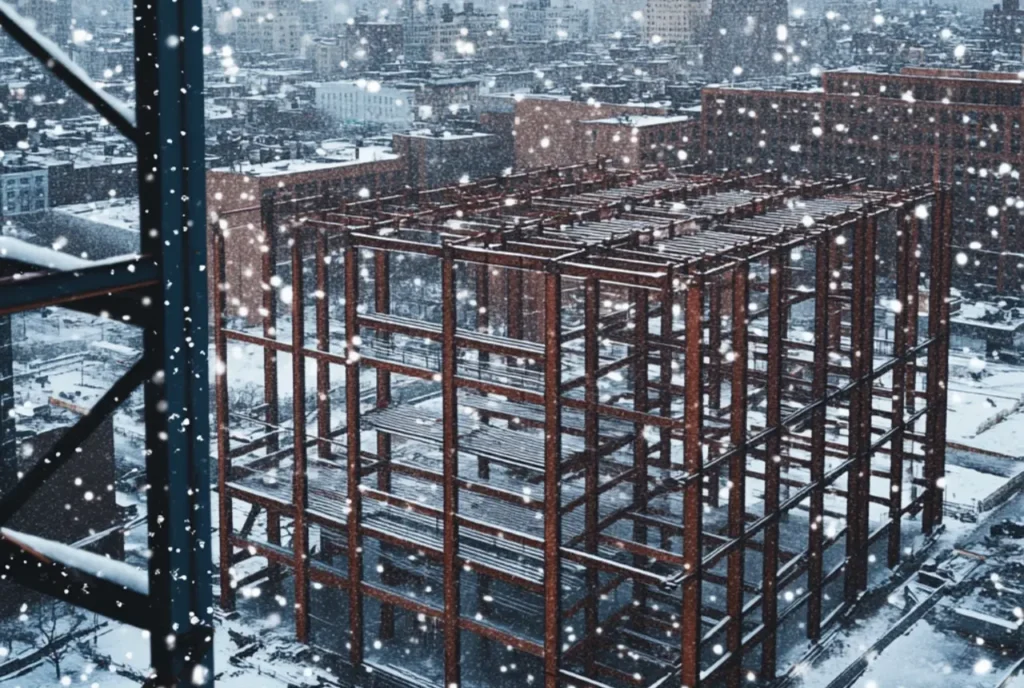
Before beginning construction, skilled engineers must be consulted and all relevant permits obtained to ensure compliance with local rules and building requirements. PEB buildings can be tailored to the individual needs of different places, making them appropriate for a wide range of climate zones.
PEB constructions can be designed to withstand hurricanes, tornadoes, earthquakes, and high temperatures.
3. Faster Construction and Reduced Downtime
One of the primary benefits of PEB constructions is their prefabricated nature. This means that the building’s key components are constructed in a factory, which reduces on-site construction time. PEB structures can be built significantly faster than traditional buildings since they do not require extensive manufacturing and assembly work on-site.
This speedy building time is especially beneficial for firms who require a new facility immediately following a weather incident. When a structure is damaged or destroyed, a quick turnaround time can help minimise disruptions and get operations back on track as quickly as possible. PEB buildings offer a dependable and efficient solution for enterprises facing similar difficulties.
4. Cost-Effectiveness and Long-Term Value
PEB structures are frequently less expensive to build initially than standard construction methods. Standardised design and efficient production procedures can reduce total costs. Furthermore, the utilisation of factory-fabricated components can lower on-site labour costs and reduce building delays.
In the long run, PEB buildings can yield significant cost reductions. These buildings have reduced maintenance requirements, which means cheaper recurring costs. Unlike traditional constructions, PEB structures often require less regular repairs and maintenance. Furthermore, the availability of insulated PEB panels can aid in energy conservation, resulting in lower electricity bills and long-term cost savings.
5. Adaptability and Versatility
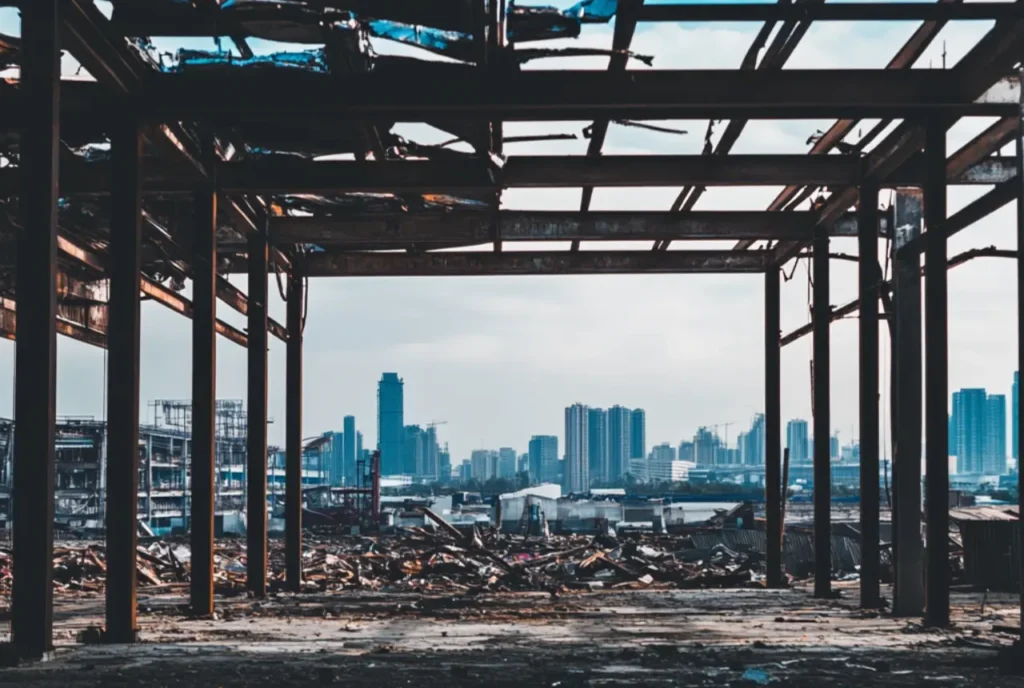
PEB constructions are not restricted to areas prone to severe weather. They are versatile and customisable, making them ideal for a variety of settings, including warehouses, factories, workshops, and even retail locations. PEB buildings’ modular form allows for easy expansion or alteration, making them excellent for organisations anticipating future development or operational changes.
In addition to their versatility, PEB buildings can help to promote sustainable construction. The utilisation of recycled steel components in the manufacturing process reduces the building’s environmental impact. This dedication to sustainability is consistent with the increasing emphasis on green building practices and resource conservation.
PEB Structures: A Resilient Choice for Extreme Weather
PEB structures are an attractive option for building in areas prone to extreme weather. Their inherent strength, endurance, and adaptability make them ideal for overcoming the obstacles provided by hurricanes, tornadoes, earthquakes, and other natural calamities. PEB buildings’ popularity is enhanced by its speed of construction, decreased downtime, and long-term cost-effectiveness.
While PEB constructions provide various benefits, it is crucial to remember that they may have architectural constraints when compared to standard construction methods. PEB constructions, for example, may appear more industrial and have fewer design aspects that can be customised. However, with careful planning and coordination with competent engineers, it is feasible to design PEB buildings that are both functional and visually appealing.
If you’re thinking of building a new structure in an extreme weather zone, PEB buildings should be a top choice. Their mix of strength, durability, and cost-effectiveness makes them a perfect choice for businesses and individuals looking for robustness and long-term value.

